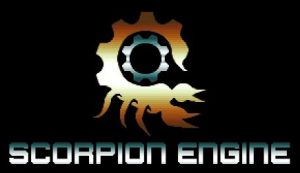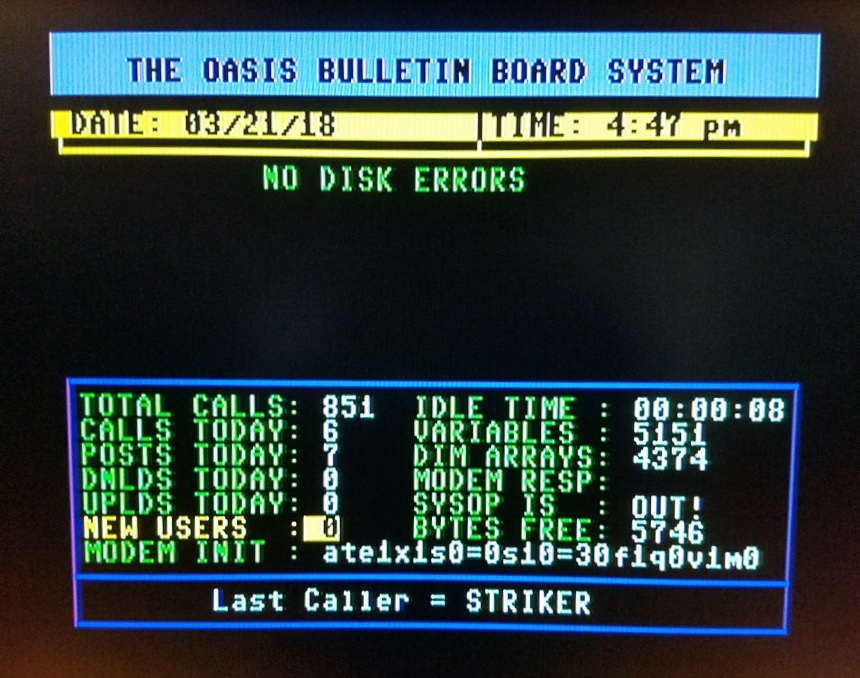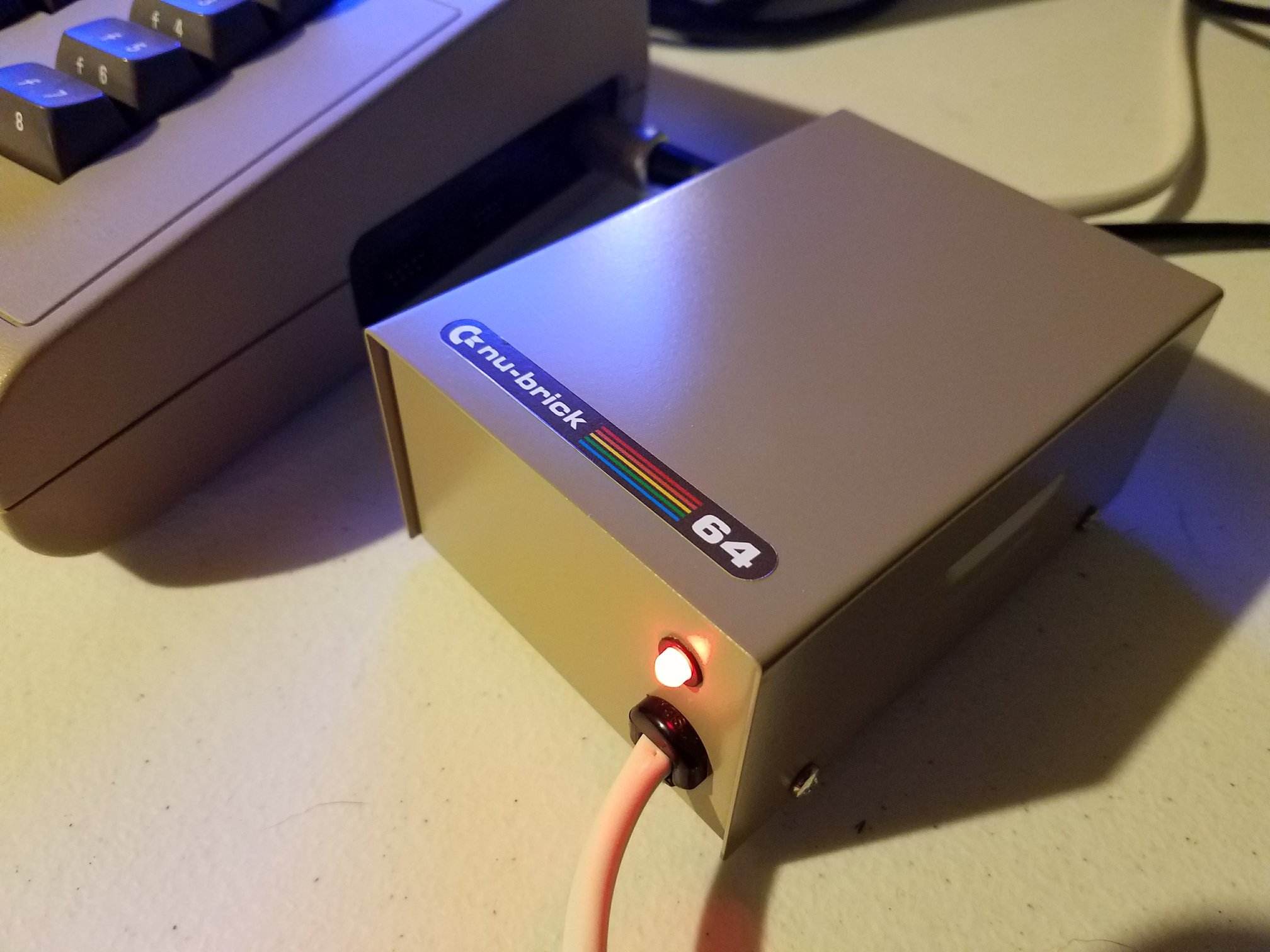In his latest video, Scorpion Engine creator Erik Hogan walks viewers through using Scorpion Engine debug modes on the Amiga, Mega Drive, and NeoGeo. These features are part of the 2024.2 experimental release of Scorpion Engine—a powerful game development tool for retro systems. Erik’s breakdown is clear, hands-on, and ideal for developers eager to see what’s under the hood of their projects.
 Using Scorpion Engine debug modes gives developers real-time insight into how their games behave, from collision detection to memory usage. In the video, Erik demonstrates how each platform handles the debug tools slightly differently—Amiga’s OSD is sharp and minimal, while the Mega Drive and NeoGeo builds make use of platform-specific output. If you’re used to flying blind during playtesting, this feature brings some welcome visibility.
Using Scorpion Engine debug modes gives developers real-time insight into how their games behave, from collision detection to memory usage. In the video, Erik demonstrates how each platform handles the debug tools slightly differently—Amiga’s OSD is sharp and minimal, while the Mega Drive and NeoGeo builds make use of platform-specific output. If you’re used to flying blind during playtesting, this feature brings some welcome visibility.
Beyond just showing the debug displays, Erik also shares tips on when to use them during development. He explains that while the debug tools are robust, they aren’t intended for final game builds and are meant to help squash bugs early in the design process. Using Scorpion Engine debug modes can speed up iteration and help developers pinpoint timing issues, logic bugs, and even screen redraw problems—especially across different retro hardware targets.
The video is concise but packed with useful info for anyone exploring cross-platform game creation with Scorpion Engine. If you’re working on a project for one of the supported systems—or thinking about starting—this walkthrough is a must-watch.







